Varieties Of Violets: Different Types Of Violets


Violets are one of the cheeriest little flowers to grace the landscape. True violets are different from African violets, which are natives of east Africa. Our native violets are indigenous to the temperate regions of the Northern Hemisphere and may bloom from spring well into summer, depending upon the species.
There are around 400 types of violet plants in the genus Viola. The many violet plant varieties guarantee there is a sweet little Viola perfect for almost any gardening need.
Violet Plant Varieties
True violets have been cultivated since at least 500 B.C. Their uses were more than ornamental, with flavoring and medicinal applications high on the list. Today, we are fortunate to have a plethora of different types of violets readily available at most nurseries and garden centers.
Violas encompass the dog violets (scentless blooms), wild pansies, and sweet violets, which are descended from wild sweet violets from Europe. With so many choices, it can be hard to decide which of these endlessly charming flowers to choose for your landscape. We'll break down the different basic types of violets so you can pick the best fit for your garden.
Both pansies and violets are in the genus Viola. Some are perennials and some are annuals but all sport the sunny, uplifted, face-like flowers characteristic of the family Violaceae. While both are technically violets, each has a slightly different characteristic and genesis.
Pansies are a cross between the wild violets, Viola lutea and Viola tricolor, and are often called Johnny-jump-ups for their ability to crop up readily anywhere. Sweet violets are descended from Viola odorata, while bedding violets are deliberate hybrids of Viola cornuta and pansies.
The mounding form and leaves are the same, but pansies have more distinctive "faces" than bedding violets, which feature more streaking. Any of the types of violet flowers are equally as appealing and easy to grow.
Gardening tips, videos, info and more delivered right to your inbox!
Sign up for the Gardening Know How newsletter today and receive a free copy of our e-book "How to Grow Delicious Tomatoes".
Typical Varieties of Violets
There are over 100 types of violet plants available for sale. The two main types of violet flowers in nurseries are bedding violets and sweet violets. These and pansies are classed into five categories:
- Heirloom
- Double
- Parmas (which prefer warmer seasons)
- New violet
- Viola
Pansies are distinguished by their four petals pointing upwards and one pointing down. The violas have two petals pointing up and three pointing down. The categories have further been divided into subgroups:
- Pansy
- Viola
- Violettas
- Cornuta hybrids
None of this is very important unless you are a breeder or botanist, but it serves to indicate the huge array of varieties of violets and the need for a larger classing system to indicate species variation among the family members.
Bedding varieties are your hybridized violets and pansies. In late winter, they are the most commonly found in nurseries and thrive in the cool of early spring and even late winter in temperate and warm regions.
Wild violets are less common but may be found at native nurseries since 60 species are native to North America. Every region will have slightly different offerings but there are some mainstays in the Viola community.
The garden or bedding pansies, which are a hybrid, come in numerous colors, from blue to russet and anything in between. Blue violets are the most common and will readily seed themselves in your garden. Perennial violas that will perform well in most zones include:
- Nellie Britton
- Moonlight
- Aspasia
- Buttercup
- Blackjack
- Vita
- Zoe
- Huntercombe Purple
- Clementina
Wild Violas for sale may be field pansies, yellow wood violet, hairy violet, dog violet, downy yellow, or early blue violet. All these types of violet plants should thrive in dappled light, well-draining soil, and average moisture. Most will self-seed and double the dainty flower display the next year. Violets of any name are one of nature's sweet treats that shouldn't be missed in the landscape.

Bonnie Grant is a professional landscaper with a Certification in Urban Gardening. She has been gardening and writing for 15 years. A former professional chef, she has a passion for edible landscaping.
-
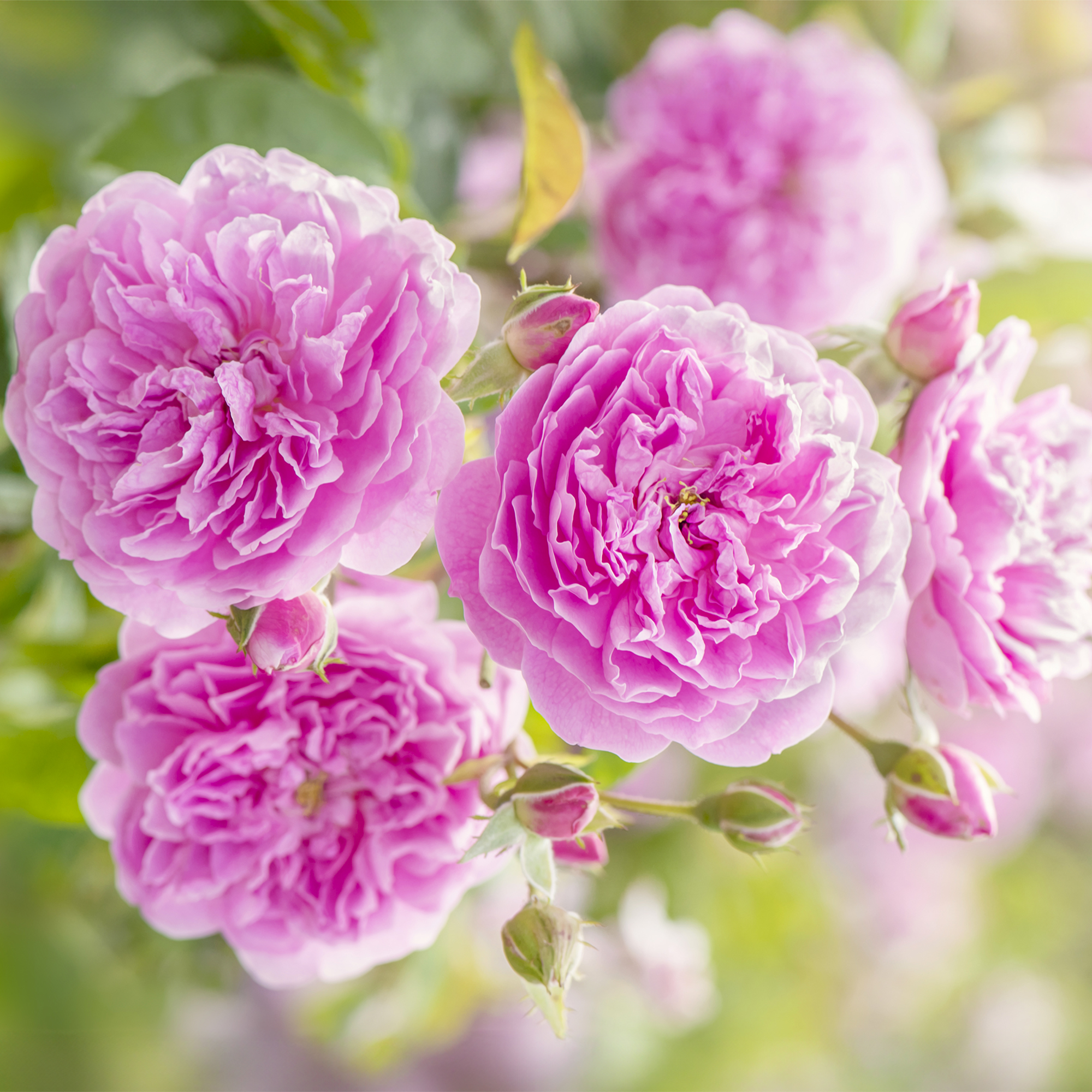 How Much Sun Do Roses Need To Grow? Understanding Rose Light Requirements
How Much Sun Do Roses Need To Grow? Understanding Rose Light RequirementsDiscover how much sunlight your roses really need to grow strong, bloom beautifully, and stay healthy all season long.
-
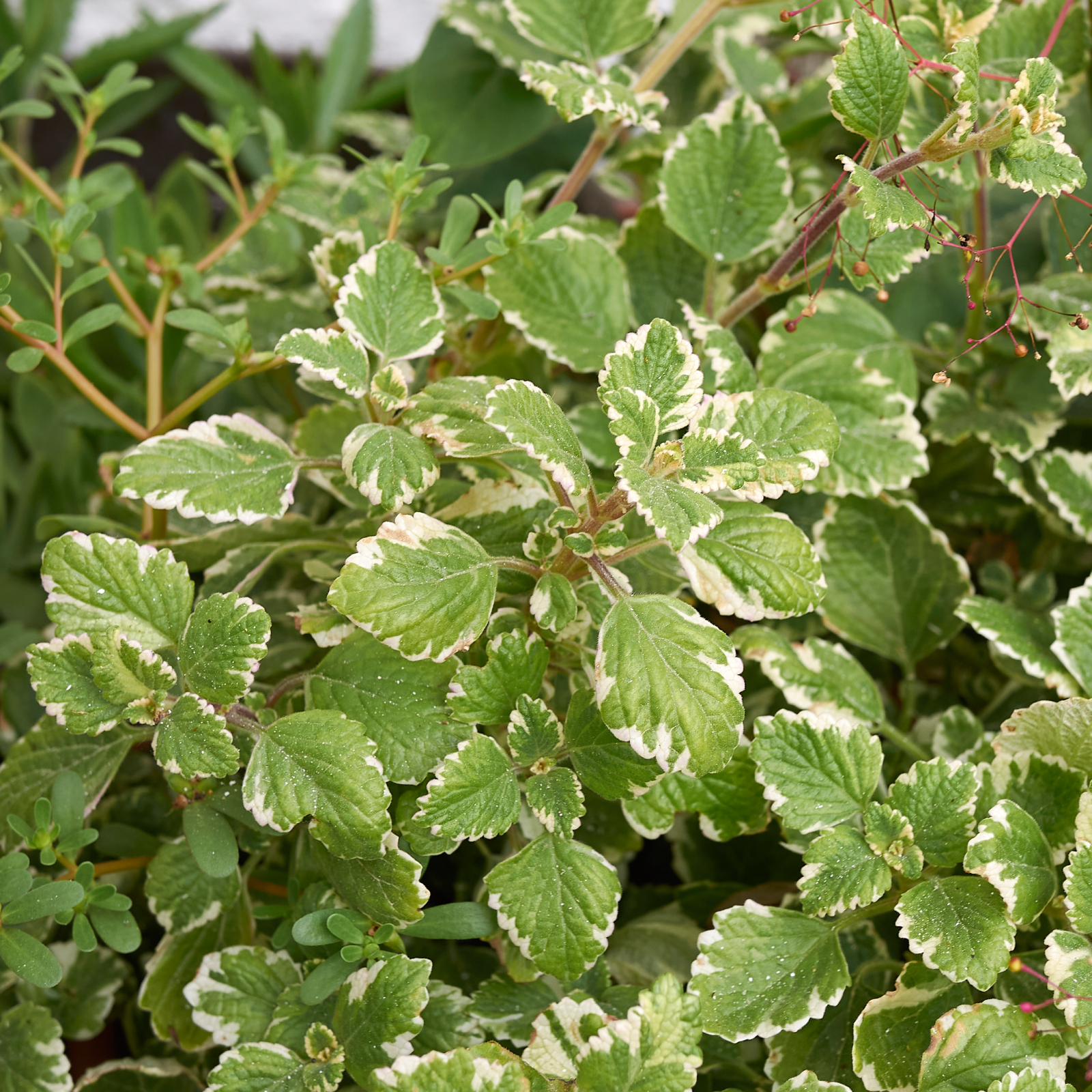 Which Ivy Is Best For A Garden? 7 Varieties Of Ivy To Grow (And 2 To Avoid)
Which Ivy Is Best For A Garden? 7 Varieties Of Ivy To Grow (And 2 To Avoid)Lots of varieties of ivy can complement your garden, provide groundcover, or create a private oasis, but which is best? Explore our top picks for beautiful ivy.
-
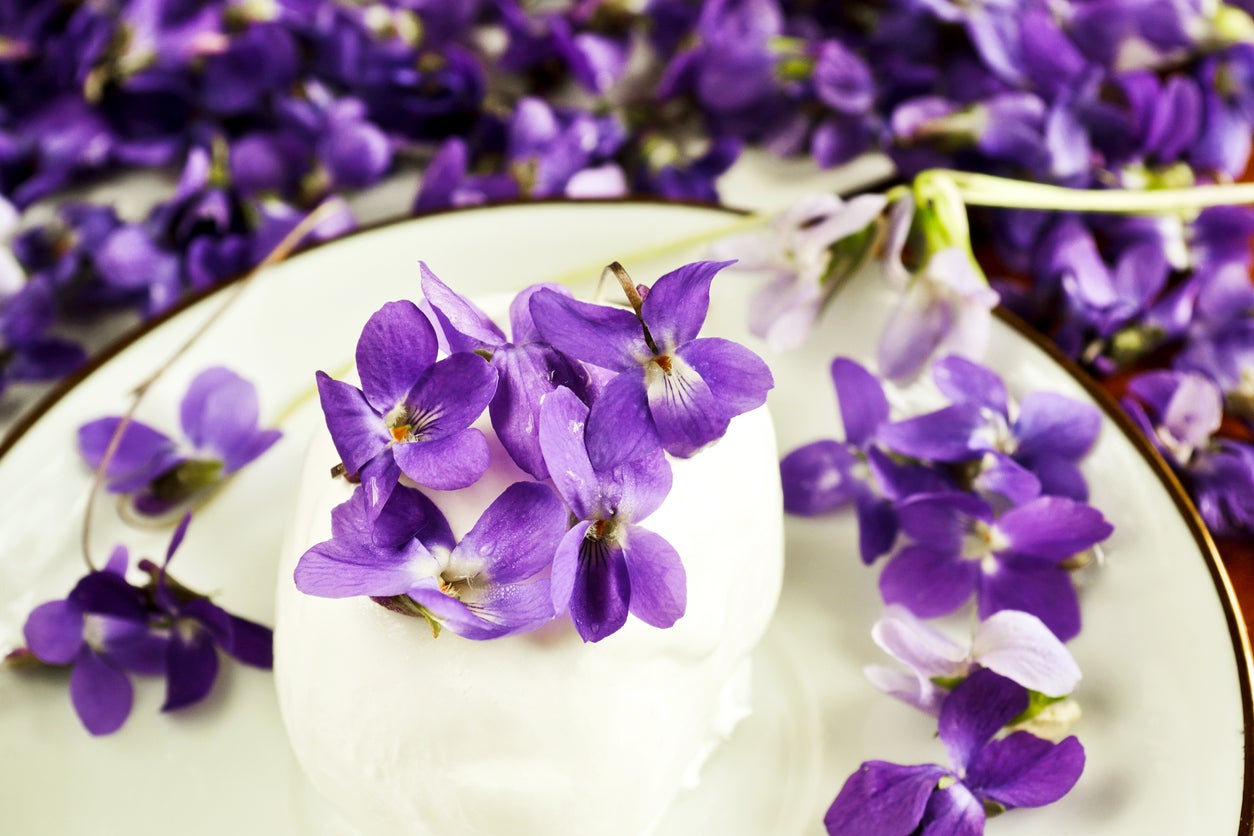 Are Violets Edible – Violet Flower Uses In The Kitchen
Are Violets Edible – Violet Flower Uses In The KitchenOne extremely common plant, the violet, is widely known for its presence as a wildflower and also has its place in well-maintained and cultivated gardens too. But, did you know that eating violet flowers is popular as well? Learn more in this article.
-
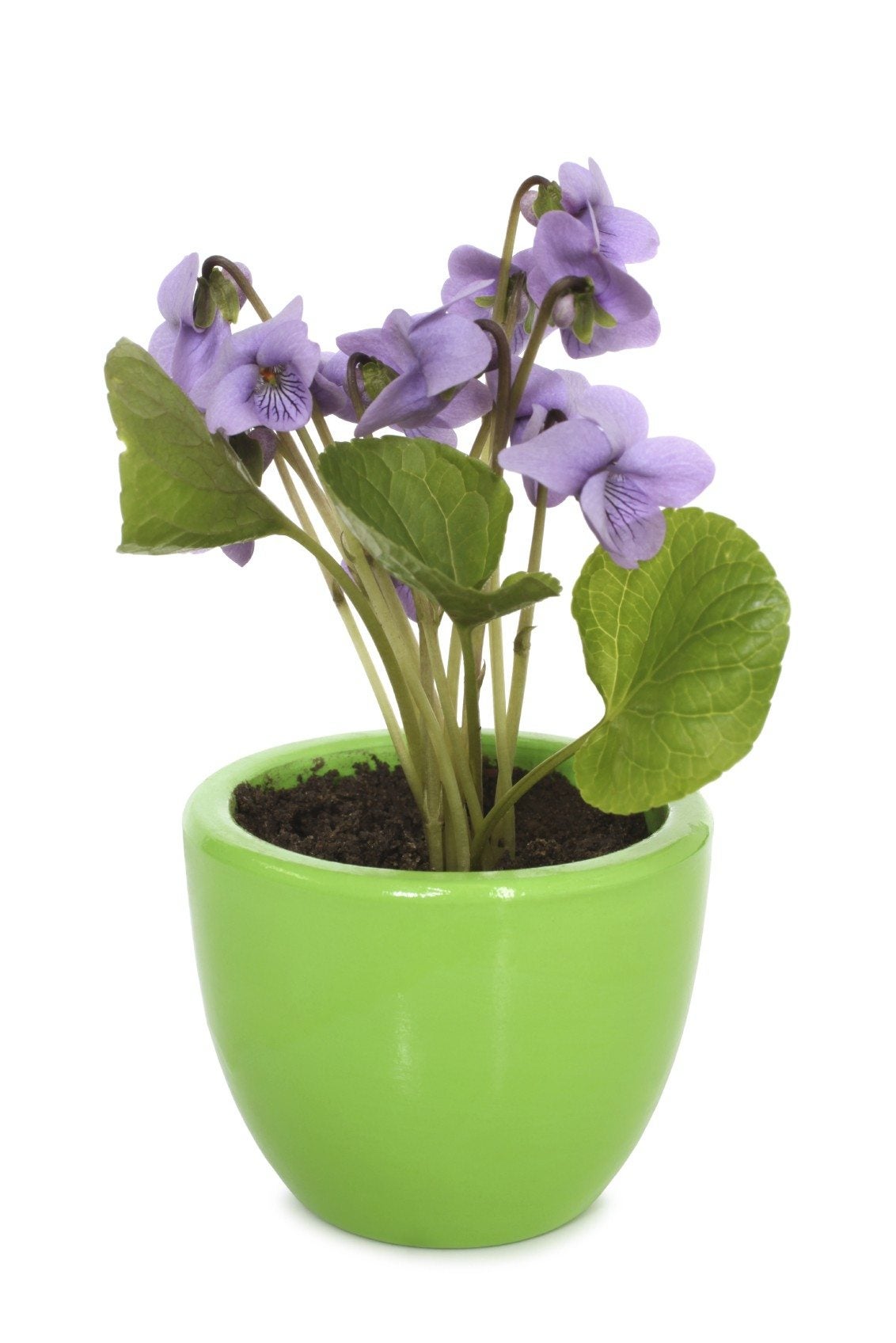 Care Of Indoor Violets: How To Grow Violets Indoors
Care Of Indoor Violets: How To Grow Violets IndoorsViolets are easy to love. They're beautiful, they're fragrant, and they're virtually maintenance-free. So it only makes sense to want to bring that into your home. But can you grow violets inside? Learn more in this article.
-
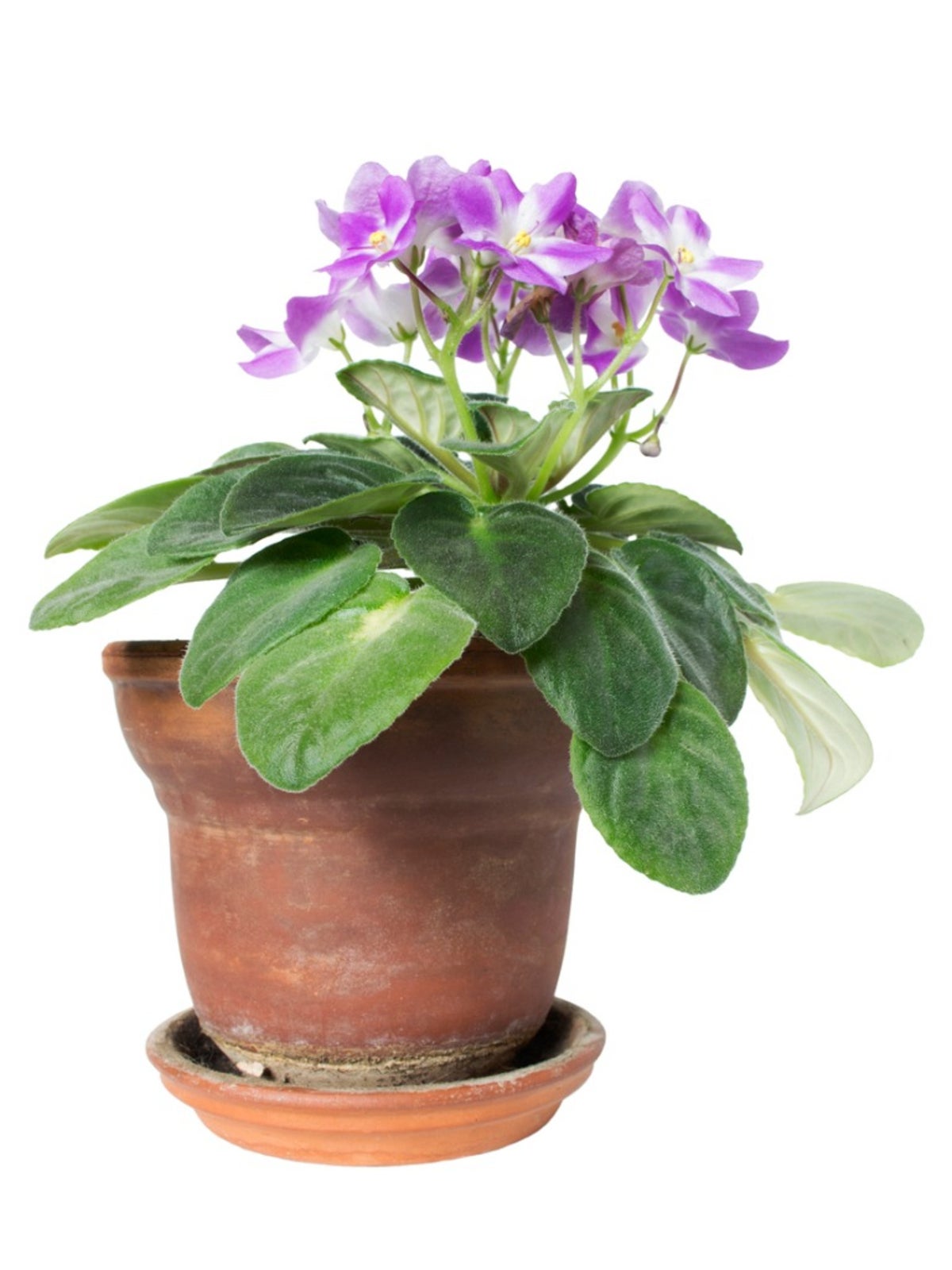 Potted Violet Plants: Tips For Growing Violets In Containers
Potted Violet Plants: Tips For Growing Violets In ContainersViolets are versatile, and growing violets in containers is no problem at all. Want to learn how to plant violets in pots? This article can help with that. Simply click here for more information on growing and caring for container grown violets.
-
 Johnny Jump Up Flowers: Growing A Johnny Jump Up Violet
Johnny Jump Up Flowers: Growing A Johnny Jump Up VioletFor a small and delicate flower that makes a big impact, you can't go wrong with johnny jump ups. The cheery purple and yellow flowers are easy to care for. Learn more about them in this article.
-
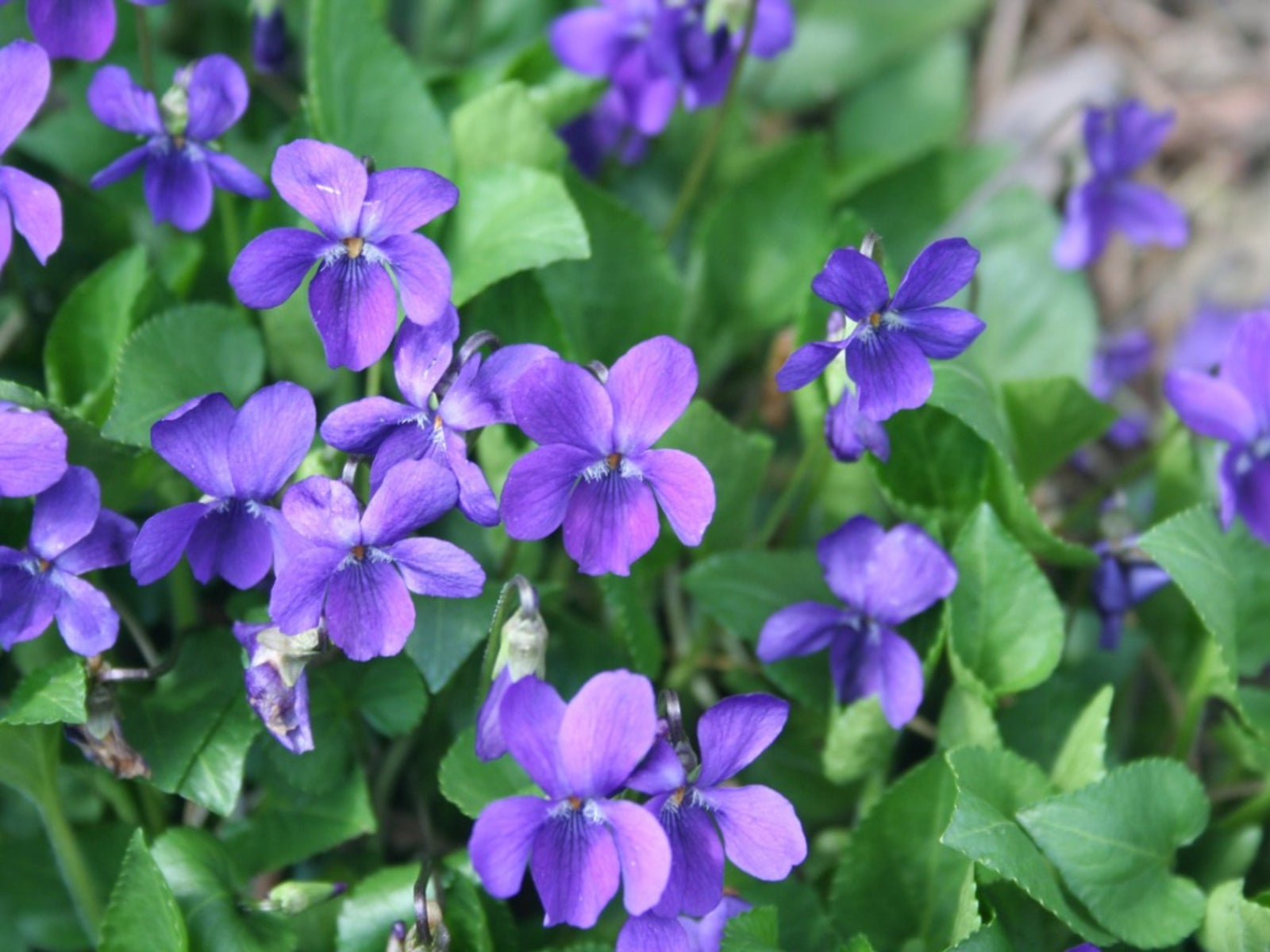 Killing Wild Violets - Tips For Wild Violet Control
Killing Wild Violets - Tips For Wild Violet ControlControlling wild violets in the lawn may be one of the most difficult gardening problems a homeowner can face. Those pretty little plants can quickly take over a lawn. Get tips for their control in this article.
-
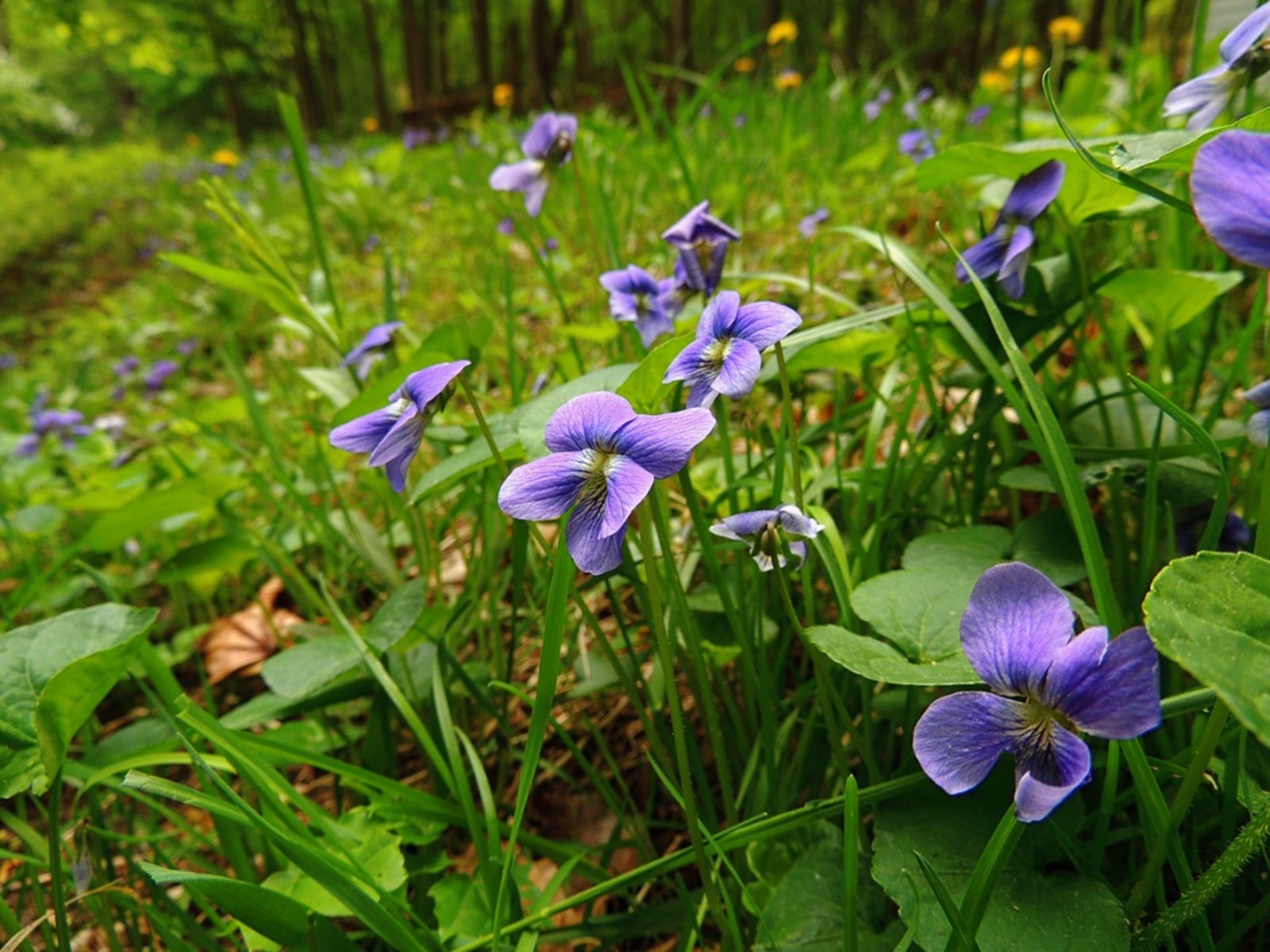 Wild Violets Care - How To Grow Wild Violet Plants
Wild Violets Care - How To Grow Wild Violet PlantsLearning to grow violet flowers is easy. In fact, they pretty much take care of themselves in the garden. Read this article to learn more about growing wild violets and their care.